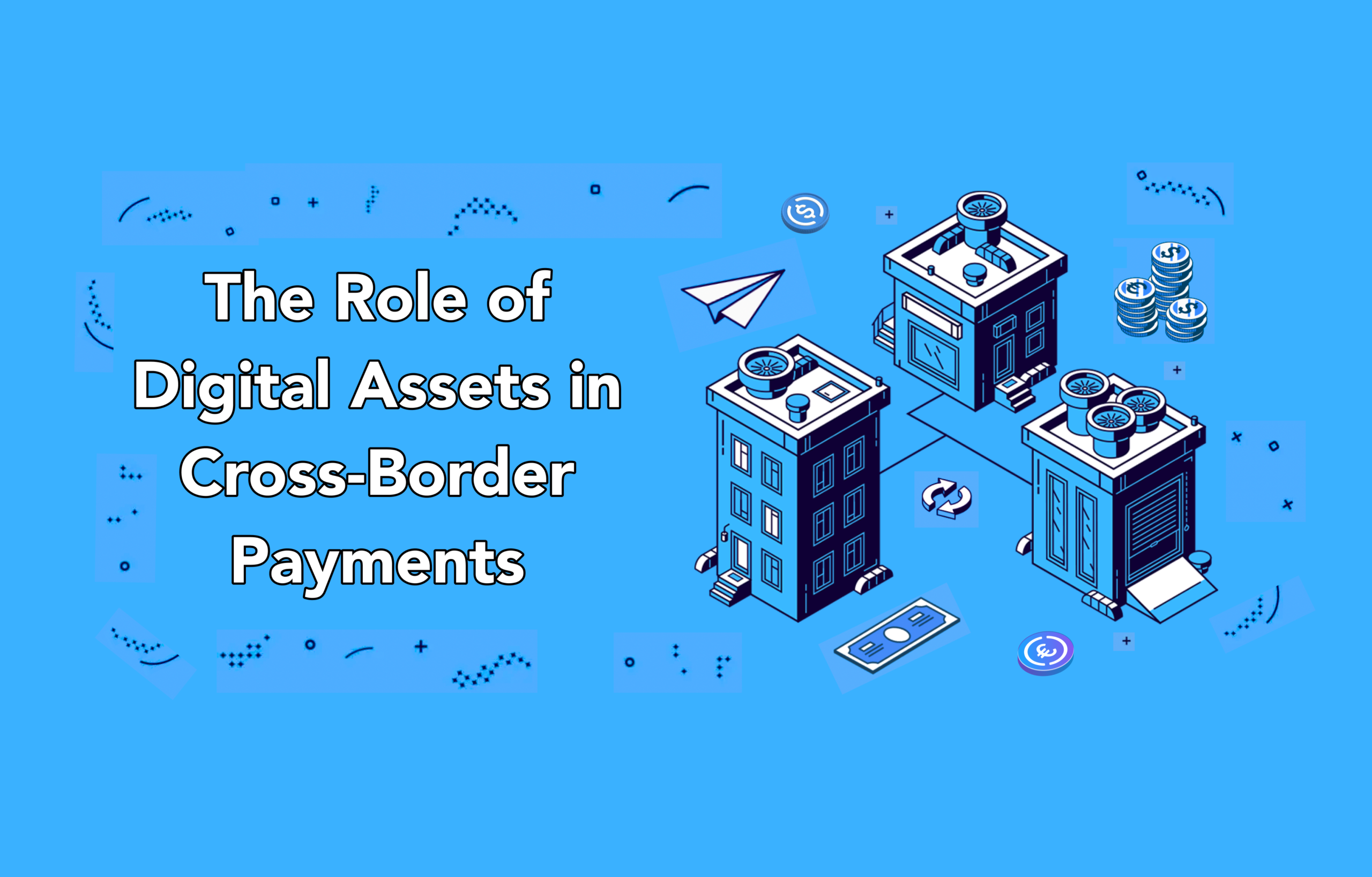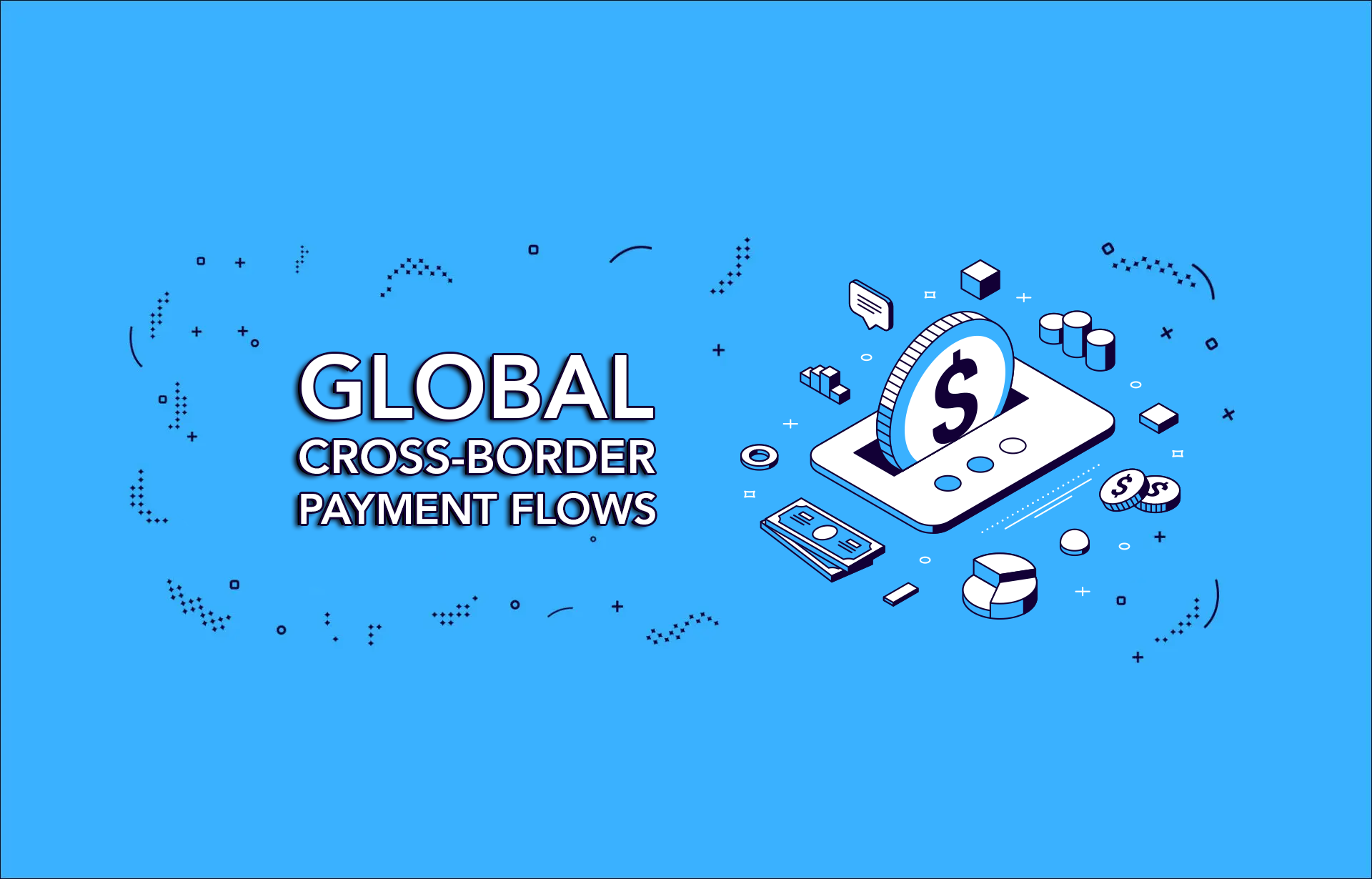What is embedded finance?
Embedded finance is the integration of financial services, such as banking, insurance, or lending, into traditionally non-financial user experiences. It occurs when a non-financial provider integrates financial services into its offerings to enhance customers’ experience and retain them. An online store offering insurance services for goods sold or a ride-sharing app offering banking services are just a few examples of its widespread use.
The embedded finance market size reached $43 billion in 2021, and it’s expected to grow 215% to exceed $138 billion by 2026. It’s a remarkable growth pace - even in today’s extremely fast environment.
Some giants of the business world who weren’t traditionally providing financial services had explored the opportunity embedded finance offers years before the term was coined. Apple, Google, and Starbucks are some prominent examples. Apple Pay is the top mobile payment player in the U.S., with around 44 million users and $90 billion worth of transactions in 2021[1]. Starbucks is the 2nd player with more than 31 million users, followed by Google Pay with 25 million users.[2]
Not only the giants but also companies of all sizes are rapidly expanding their services to finance to offer holistic value to customers, stealing market share from banks.
Embedded finance’s extraordinary growth will be driven by the increasing availability of APIs from financial services providers. As these APIs provide easy integration of financial services into non-financial ones, they lower the entry barriers and create a source of revenue for embedded finance providers.[3]
Different vertical services can easily be combined to satisfy customers’ exact needs, thanks to the development of API models. For example, designing a single flow for supplier payments, payroll, and taxation took years for small and medium-sized businesses in the previous years. Now, with the development of APIs, it only takes a few months.
Ramp, a US-based corporate card and spend management platform, is a good example. It incorporates corporate cards, accounting automation, expense management, real-time reporting, and bill payment on a single platform. The platform can easily integrate with more than a hundred accounting, collaboration, and security software through APIs, combining many verticals in a single flow.
Why is embedded finance important?
Embedded finance immediately enhances user experience and makes your business more profitable in return.
As one of the most regulated industries, banking services have been a constant pain point for customers. In the near past, people had to contact different providers for each step of the purchasing journey, including payment, insurance, or getting loans, which took days to months. If they wanted to make a substantial purchase, for instance, they had to apply for credit in a physical bank branch.
Today, they can easily access a wide range of financial services from the point of service as they are making the purchase. In this way, a huge pain point has been lifted, making the customer more likely to buy more in size and frequency, which means increased customer satisfaction and profit.
Embedded finance acts as a key monetization lever for companies of all types and maturity levels.
People demand integrated experiences, and they are ready to share their data in exchange for better service. Embedded finance helps you gain access to a larger customer base and collect valuable data on customers’ needs and spending habits to be used for further improvements. It leads to a better grasp of their personalities and experiences, enabling more detailed segmentation and personalized targeting opportunities.
It also makes new revenue channels possible for companies both within and outside the finance industry. In most aspects, it is much more promising than investing in attaining more customers or developing a non-financial product portfolio further. As the financial system’s dependency on banks is finally due, businesses can benefit from embedded finance as a pivotal monetization lever.
Every company will become a fintech company.
Customers’ demand for more effortless, holistic, and seamless experiences keeps increasing and challenging the whole business world. Embedded finance taps into huge and long overdue pain points of users in all industries by combining both financial and non-financial services in a single touchpoint. For businesses, this means an unprecedented profit opportunity that must be caught.
So, how about traditional banks? Will we still need them? Considering the growth of fintech companies, embedded financing models, and banks’ immense effort to revolutionize within, the answer is obviously no. Traditional banking as we know today will become totally incompetent in light of current developments. For banks who are teaming up with young fintechs to keep up, a fundamental change in perspective and redefinition of business models is a must.
It is critical to understand that embedded finance is more than a hype. It’s where we are headed.
Soon, we won’t even be mentioning ‘embedded finance.’ It will keep serving us as a gentle reminder that businesses need to upgrade, and shortly will become the new norm, just like the business world’s good old ‘omnichannel'.
[1] https://www.pymnts.com/apple-pay-tracker/2021/7-years-later-6pct-people-with-iphones-in-us-use-apple-pay-in-store/
[2] https://techcrunch.com/2021/04/05/fueled-by-pandemic-contactless-mobile-payments-to-surpass-half-of-all-smartphone-users-in-u-s-by-2025/?guccounter=1&guce_referrer=aHR0cHM6Ly93d3cuZ29vZ2xlLmNvbS8&guce_referrer_sig=AQAAACPoTIknsoGqc_dcb-lzJsz4Itm_29urYRU7gL4bkwcM-oa164aPzVbBAhLzb1m1s0S8rfPm-TK1MD0SR6qMvu9AW3LFKxIKuKxOgeEFc6yPJoeLVbjbjJskQbLTjv3XY_mbCLu1r4eKNkaDNCcTvn2Af4rLxHXd6n8jnGF7Pi3F
[3] https://www.juniperresearch.com/press/press-releases/embedded-finance-market-value-to-exceed-138bn



